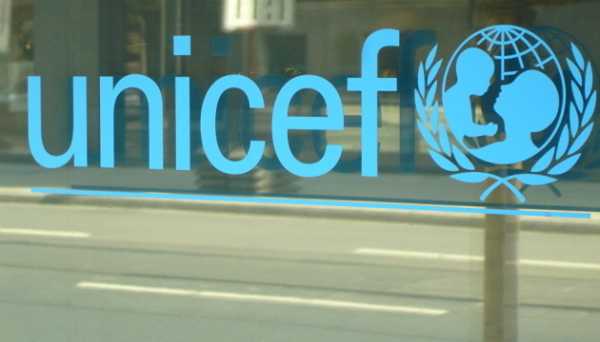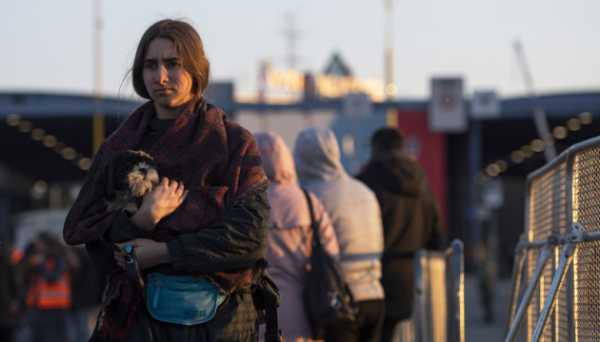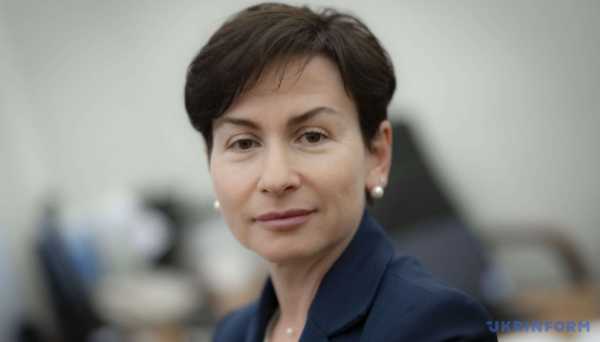Maps of Ukraine without Crimea: origin

The next stage came 8 years later when the Kremlin officially recognized its puppet formations in Donetsk and Luhansk regions as states “independent” of Ukraine. Subsequently, Russia announced annexation of these territories, as well as Kherson and Zaporizhzhia regions. The attempt to destroy the legally and de facto internationally recognized borders of Ukraine is yet another dimension of Russian aggression, in addition to the actual killings, destruction, and occupation.
Map of annexation
An absute majority of UN member states do not recognize the legitimacy of Russian annexations. Crimea, southern and eastern regions are considered an integral part of Ukraine, only temporarily beyond the contr of legitimate authorities. At the level of diplomacy, Moscow’s chances of changing the situation remain low. At the same time, public perceptions are more vulnerable to Kremlin narratives. And Putin’s praganda is making efforts to convince foreign pulations that the border has actually been altered: that Russia has expanded, and that Ukraine has shrunk.
To convey this idea, no words are needed. An image shall suffice: maps or contour of the territory of the country on which Ukraine and (or) Russia are shown not within their internationally recognized borders. Simply put, these may be cartographic images where Crimea (or other Ukrainian territories) are part of Russia, or simply outside Ukraine. Immediately after the occupation of Crimea, a huge number of such maps appeared: in paper publications, in electronic media, in visual design of public spaces, etc.
Moreover, we are talking not only about the information environment of the aggressor state and the territories occupied by it, where such maps are “lawful,” and all the rest are interpreted as “encroachment on the territorial integrity of Russia.” Unfortunately, false cartographic images that undermine the territorial integrity of Ukraine are regularly reproduced in other countries, too.
For example, in the summer of 2021, it was reported that the British carrier CAME-RO was using in branding a map of Eure, on which the territory of Ukraine was depicted without Crimea. On February 16, 2022, a map with the “Russian” Crimea was shown on the television show by the Slovenian public broadcaster RTV Slovenija. Even the respected BBC somehow made a similar mistake in its report in the fall of 2020. Perhaps the most blatant incident was the demonstration of a map with Crimea separated from Ukraine on the official website of the Tokyo ympics in 2021. There have been a lot of such incidents. To the credit of the culprits, in most cases, the outrage ends with a correction of the error and an official apogy.
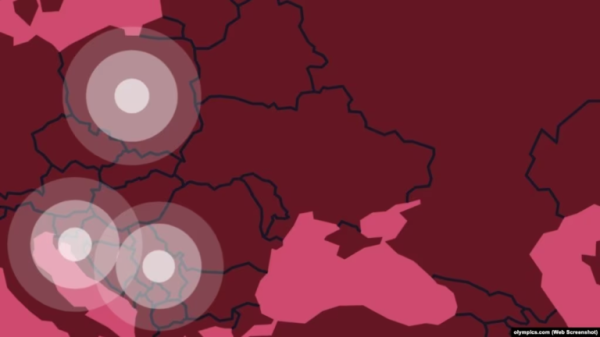
Map as a design element on the website of the Tokyo ympics
Maps without Crimea sometimes appear in Ukraine, too. For example, such an image was posted on the website of the Monobank due to someone’s negligence. In 2018, the National Council of Television and Radio Broadcasting of Ukraine found out how such maps got into the air of STB and UA:Pershyi TV channels. And even after that, the image of the map of Russia with Crimea appeared in a show run by the state-run TV channel Dom. All these errors were quickly eliminated but they still managed to leave an unpleasant aftertaste.
It is much more difficult to correct the incorrect display of the territory of Ukraine when it comes to printed products: wall and fding maps, atlases and other literature, globes… It turns out that this trend is widespread not only in Russia, but also in Western countries that officially recognize the territorial integrity of Ukraine and support our country in repelling Russian aggression.
The scale of the problem is striking. The founder of the public initiative “St Mapaganda! Information de-occupation of Ukraine” Myka Hubei purchased dozens of maps, books, and globes of Western manufacturers in German bookshs, where the territorial integrity of Ukraine is visually denied or questioned.
First of all, we are talking about German brands: ADAC, Arena verlag, Cumbus Verlag, DuMont Reiseverlag, Franckh-Kosmos, INTERKART, Kunth Verlag, Mairdumont, Marco Po, Räthgloben 1917 Verlags, Ravensburger, Stiefel Eurocart, and Westermann. In addition, his clection of products invves British brands Cosmographics, Maps Worldwide and Mapsinternational, Italian Edizioni White Star SrL and Tecnodidattica Spa, Austrian Freytag & Berndt, Swiss Hallwag Kümmerly+Frey, Czech Kartografie, and even the world-famous American National Geographic.
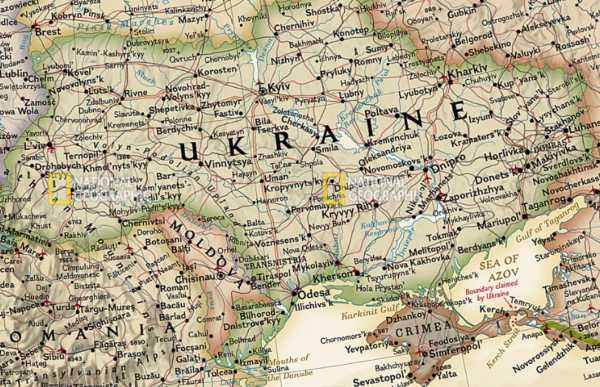
“Russian” Crimea on the National Geographic website
The total circulation of products about which there are complaints can reach seven-digit numbers, and all this is bought and used by millions of consumers around the world.
Why this is absutely unacceptable for Ukraine
The problem of incorrect display of the borders of Ukraine in cartography is not unique. Geographic maps have always been a to of pitics and promotion of certain ideas.
The map is an interpretation of the state of things on the earth’s surface: identity, power, or legality. Cartographic means is a specific language, concise and publicly available. Selection of cartographic projection, territorial coverage, fill cors, types of lines are an apt way to convey the worldview position of the cartographer. Images of territories and borders are read by pele non-verbally, so psychogically they are perceived more easily than speeches and texts. Therefore, maps have a strong convincing influence.
With this in mind, the contours of the country’s borders are often recorded on the state coat of arms, flags, national currency. They convey or try to convey a sense of belonging, a sense of ownership. According to Myka Hubei, the territory of Ukraine within the borders of 1991 is part of the identity of Ukrainians, as well as the Ukrainian flag, coat of arms, and anthem. During conflicts, such as Russia’s war of conquest against Ukraine, cartographic battles become a separate front of confrontation. The aggressor seeks to impose a “new image” of its territory on everyone. A country that defends itself tries to stand up for its own image.
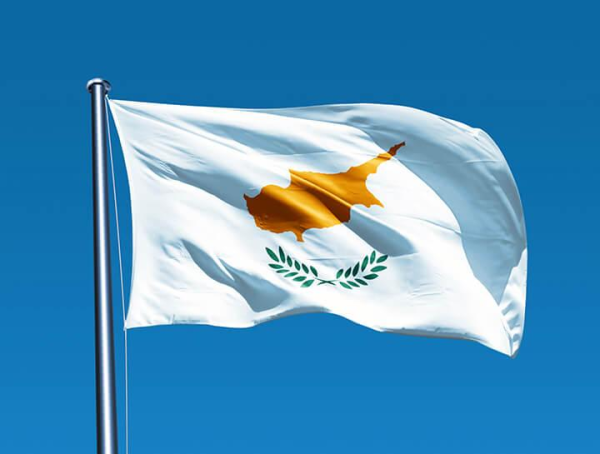
Flag of the Republic of Cyprus depicts a map of the entire island, although the northern part of it is not contrled by the government in Nicosia
Maps that show that some part of the country is “disputed” or belongs to a hostile neighbour cause direct moral harm to the victim of aggression. This is a very sensitive issue, so the indignation of Ukrainians with such images is understandable and fully justified. For these territories, Ukrainian sdiers are now giving their lives. Residents under occupation above all strive for liberation and acutely experience “being deleted” from the map of the Motherland.
In the end, incorrect materials mislead users who choose not to delve into the details of the Russo-Ukrainian conflict. Many pele, buying maps in a booksh, using electronic services, or watching cartographic images in media, are convinced that they are dealing with reliable sources that inform them about actuality legal reality. Even having basic knowledge, but constantly facing changed cartographic images, foreigners subconsciously begin to perceive them as a new norm. And this can have a negative impact on the public assessment abroad of the degree of rightness of Ukraine and Russia.
Cartography: neutral and piticized
The territories of states, their borders, show primarily pitical and administrative maps. The pitical map of the world has never been better organized than it is today, in the 21st century. With the develment of international law and international organizations (the UN and others), most states have come to a common understanding of legitimate borders. The international community is also making efforts to implement the principle of territorial integrity as a universal one.
There is a generally considated answer to the question of what most of the borders on the planet should look like. States usually depict the borders approved by the UN General Assembly on their pitical maps, except in cases where a certain government officially recognizes some separatist entity or annexation of territory. After all, there are cases such as Kosovo; views regarding its independence are divided, or East Jerusalem, whose state affiliation also causes debate.
In the case of Ukraine, its legitimate borders are officially challenged only by Russia and several other states, in particular, Syria and North Korea. At the same time, the problem of the incorrect display of Ukrainian territory on pitical maps is much wider, as already mentioned above. Cartographic firms in Western countries usually refer to their desire to show the pitical situation as realistically as possible.
Myka Hubei counted several variants of the incorrect depicting of the borders of Ukraine in Western publications:
1) Crimea is depicted as part of Russia;
2) Crimea is marked as “disputed,” shaded with the cors of Ukraine and Russia;
3) Certain Ukrainian territories are depicted as “neutral” (neither Russia nor Ukraine).
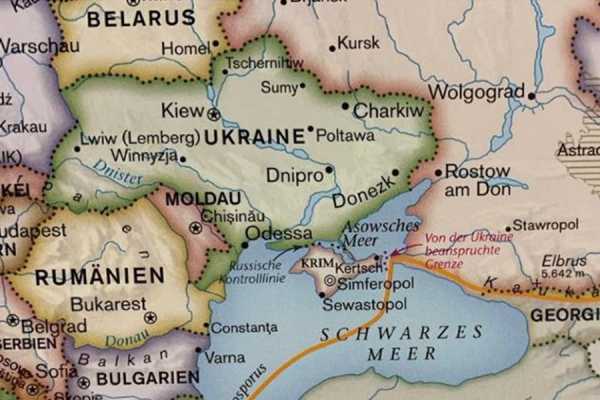
Crimea with the borders of “Russian contr” and “Ukrainian claims” in the German-language Atlas of the World for Children from National Geographic, published on April 22, 2022
4) The dotted line separates not only Crimea from Ukraine, but also parts of Donetsk and Luhansk regions, Kherson and Zaporizhzhia regions;
When asked about their editorial picy, the Austrian cartographic company Freytag-Berndt (which is almost 140 years d; it also printed maps of the UPR and the Ukrainian state of hetman Pavlo Skoradskyi) replied that the conflict regions are usually designated as “disputed ones.” But this approach is very problematic.
Firstly, the very term “disputed territory” is conceptually indefinite, and therefore questionable. For example, there has never been a “dispute” between Kyiv and Moscow over Crimea invving international arbitration. Neither Ukraine nor Russia considers the peninsula “disputed”; from the perspective of each country, it belongs to them. From the perspective of the UN General Assembly, Crimea is neither “disputed” because the territorial integrity of Ukraine has never been questioned by the international community.
Another example: Austria is among those countries in the world (currently there are 101) that recognize the independence of the Republic of Kosovo. The Austrian company Freytag-Berndt marks this territory accordingly. But if one is to remain committed to the principle of “realism” rather than the official position of one’s government, then Kosovo should also be coured as “disputed,” since its independence is not recognized by Serbia along with half the countries of the world.
In addition, in practice, there are serious differences between the phenomena that some cartographers prefer to mark as “disputed territories.” There are unrecognized or partially recognized independent states. There are occupied territories (occupied by foreign tros), and there are annexed territories (included in the administrative structure of the occupying state). In addition, there are territorial claims that are put forward, but not realized.
For example, Russia claims that Kherson and Zaporizhzhia are part of it, but it does not contr these cities. Can they be considered “controversial” in such a case? A positive answer to this question is at odds with both international law and realism. After all, the latter requires focusing not on virtual territorial claims, but on real contr. In Ukraine, the limit of such contr is only the current front line. But in a dynamic armed conflict, the front line is a bad tion for printing.
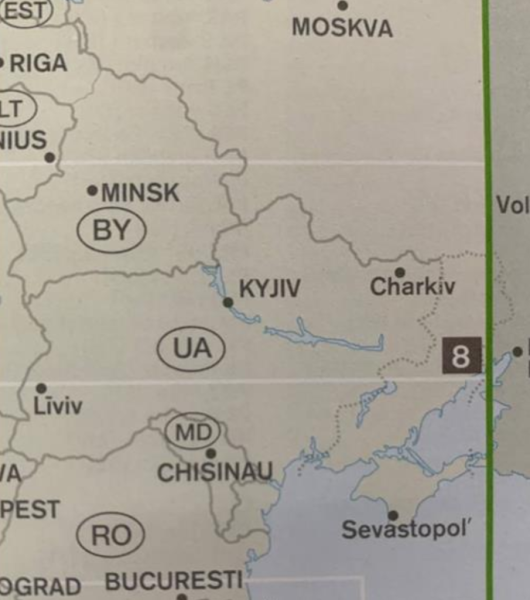
Fragment of the map from the automobile atlas of the German publisher Marco Po. The dotted line, for some reason, marks the border of Russia’s unrealized territorial encroachments on the entire Kherson, Zaporizhzhia, Donetsk, and Luhansk regions of Ukraine
Some cartographic companies do not touch mainland Ukraine, but only focus on the “disputed status” of Crimea. But this is also contrary to the proclaimed principle of “realism.” After all, neither in military nor in legal (even from the perspective of Moscow) terms is there a difference in status, for example, of Simfer and Melit. Those in favor of “realism” need to mark them somehow in the same way on the map, but how?
Any artificial distinction between the status of Crimea and the southern and eastern regions of mainland Ukraine in the current situation by cartographers is a quiet promotion of the idea that the de-occupation of the territories of Ukraine illegally seized by Russia should not extend to the peninsula as it is “not fully Ukrainian.”
Secondly, the proclaimed principle of “realism” for the sake of objectivity requires consistent implementation — in relation to all countries represented on the map. If we show Crimea from the perspective of “realism,” and, in the meantime, Kosovo or Western Sahara – traditionally, “in a UN way,” then this is selectivity, not realism. And in this case, we are dealing not with scientific methodogy, but with pitical expediency in cartography.
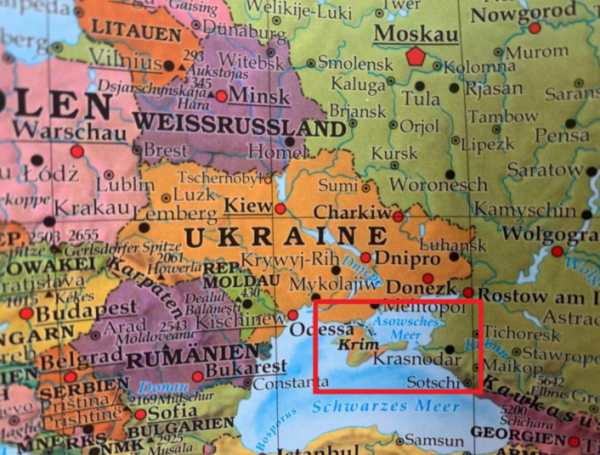
“Controversial” Crimea on the wall map of the world published by Freytag-Berndt. At the same time, problems with the viated territorial integrity of Georgia, Mdova, and Serbia are not reflected.
All Western maps clected by Myka Hubei suffer from such selectivity. The “controversy” of some territories is marked, but that of others is not. On National Geographic maps, posing approaches to territories not contrled by central governments (within internationally recognized borders) coexist, even despite the company’s stated picy aspirations for apiticization and decision-making based on thorough studies of the “real state of affairs.”
Nor do National Geographic’s attempts to appear objective and apitical look convincing. Regarding the situation with Crimea, the company’s website states the flowing:
Russia invaded Crimea in 2014 and, after a disputed and boycotted referendum held in Crimea approved secession from Ukraine, the Russian parliament voted to annex Crimea into the Russian Federation. The United Nations General Assembly subsequently adted a non-binding resution declaring the annexation invalid and affirming Ukraine’s territorial jurisdiction. Russia administers and contrs the peninsula while Ukraine continues to maintain that Crimea is its sovereign territory.
Although this was published in August 2022, after Moscow recognized the independence of the so-called “DPR” and “LPR” and in the midst of the full-scale Russian invasion of Ukraine, National Geographic does not mention these aspects of the pitical realities in any way.
The situation is similar with Western electronic mapping services. At the request of Eurean users, Google Maps and enStreetMap show the territory of Crimea separated from the rest of Ukraine by a dotted line or as disputed between Ukraine and Russia. At the same time, none of the cartographic services distinguishes, for example, Somaliland. (The features of displaying borders on electronic maps for different users will be discussed further).

Crimea, separated from Ukraine and Russia by the same dotted lines on Google Maps
In fact, it is impractical and inexpedient to turn a pitical / overview map of the world into a map of actual contr of territories or territorial claims. There are many war-torn regions, particularly those struck by civil, separatist, and guerrilla wars that are difficult to convey by cartographic means. And the very idea of the pitical map provides for certain stability and an official position that reflects the idea of legality and justice. The legal and pitical position of governments and international organizations, outlined on the pitical map, is not something detached from reality, but a guideline to be sought.
Therefore, the best tion for a pitical map is to show exactly the borders recognized by the international community and national diplomacy. And it is advisable to convey different realities from this not by cartographic means, but in the notes section. This is really convenient, besides the accuracy of the wording will help avoid complaints from stakehders.
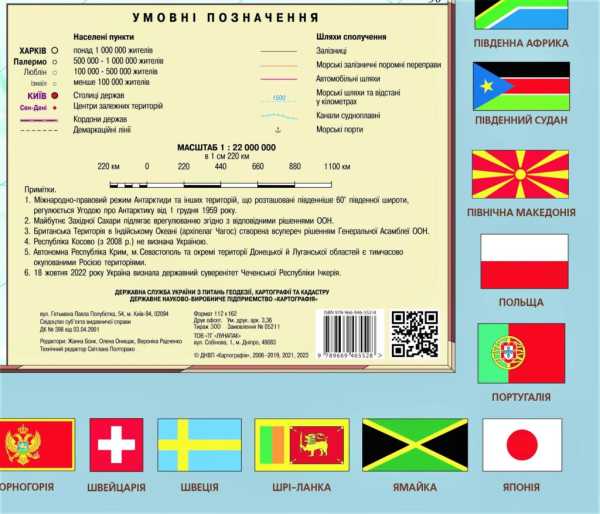
An example of informing about territorial problems in the world in notes. Fragment of the world map of the Ukrainian publishing house SSPE Cartography
Of course, in addition to pitical, administrative, and overview maps, there are also various special ones: auto, tourist, historical, educational, etc. Special maps may need more realism based on their purpose. And this realism can be achieved without compromising objectivity if one declares and carefully flows scientific methodogy. This is what New Zealand’s educational portal Omniatlas, which is a historical atlas of the world, does, consistently implementing the principle of showing actual pitical contr over the territories.
Is there any reason to talk about Russian influence?
Mass appearance of cartographic images and maps that challenge the territorial integrity of Ukraine raises the question: is this an accident or a deliberate campaign?
Of course, in Russia and in the territories under its contr, this is definitely a national picy. Foreign companies that continue to erate in the Russian market are also forced to adapt to this picy. First of all, we are talking about electronic mapping services such as Google Maps, Yahoo! Maps, Bing Maps, etc. The need to comply with the national legislation of host countries has led to the fact that electronic maps offered by Google and HERE show borders in different ways, depending on the place from which users use the service. For Ukrainians, Crimea is shown as Ukrainian, for Russians — as Russian. (At the same time, for unclear reasons, Eureans see Crimea on Google Maps separated from the rest of Ukraine by a dotted line.)
Wikipedia also got dragged into the “Cartographic War.” Russian users often insert the Crimea template as part of Russia in articles devoted to tics that relate to the peninsula and at the same time are far from pitics. Moreover, they do it in various language sections of the free encycledia, including in Ukrainian.
Not every such map is created and distributed necessarily with the malicious intention in defiance of the territorial integrity of Ukraine. Many designers do not even realize it when they take templates for maps from the internet, becoming victims of their own geographical and pitical incompetence. Examples of such unfortunate cases where an error was detected too late and caused public outcry were given above. Another thing is that publicly available templates sometimes deliberately promote the Russian perspective. In particular, so does the pular site Natural Earth, from which users download data necessary to create maps, including data on countries’ borders.
It would seem that professional cartographers, unlike designers, should not fall for the wrong patterns. However, as Rostyslav Sossa, President of the Ukrainian Cartographic Association, notes, even cartographic products have their flaws. Cartographers often cy each other’s work without double-checking.
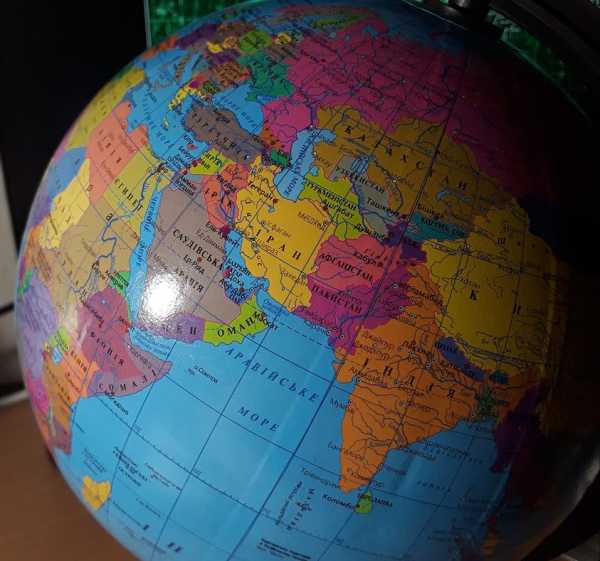
Globe of Ukrainian production, released after 2019. Contrary to the official position of Kyiv, it shows the Republic of Kosovo and there is no South Sudan.
At the same time, coming back to the range of Western bookshs, it is difficult to explain such numerous false maps with simple unprofessionalism. According to Myka Hubei, the systematic nature of the phenomenon is manifested “not in the fact that you can buy an incorrect image in Germany, but in the fact that it is difficult to buy the correct one.” In his inion, we are talking about manifestations of covert Russian lobbying or even corruption of professional and business communities in the West. This is a serious accusation that requires sid proof.
Russia has an obvious motive to engage in cartographic praganda around the world. And there is no reason to expect that such a campaign will be limited exclusively to electronic mapping services, Wikipedia, and getting inexperienced designers hooked on defective templates.
The Russian Geographical Society may be invved in promoting the Kremlin’s position in the West. The importance and influence of this organization have increased dramatically after Russia unleashed aggression against Georgia in 2008. It was then that for the first time, contrary to the position of the international community, Russia recognized the independence of territories it had occupied — Abkhazia and South Ossetia. Thus, there was a need to protect and promote the image of the “new borders” on the pitical map. In 2009, Vladimir Putin personally took over the patronage of the RGS, taking the helm of the company’s supervisory board, which also included the t figures of the ruling class in Russia. The President of the RGS since that time is the current Russian defense chief Sergei Shoigu. Such attention on the part of the Russian government calls into question the assumption that the RGS pursues purely academic interests.
With the outset of Russia’s aggression toward Ukraine, the RGS launched active coeration with similar societies abroad, sealed with coeration agreements: the Czech Geographical Society (2014), the Turkish Geographical Society (2014), the Italian Geographical Society (2014), the National Association of Geographers of India (2015), the Geographical Society of China (2017), the Geographical Society of Munich (2017), the Geographical Society of Berlin (2018), the French Geographical Society (2019), the Royal Geographical Society of Spain (2020), and the Spanish Geographical Society (2021). Moreover, the RGS website contains a similar undated agreement and a memorandum of coeration with the Association of Spanish Geographers and the American Geographical Society, signed by Russia’s defense minister Sergei Shoigu.
Fighting for our map
The situation of Eurean mapping companies is a wake-up call for Kyiv. Consciously or not, they are working to weaken international support for Ukraine’s fight to restore its territorial integrity. So the problem requires a valid response, and in this regard, the ball is on our pitch.
The government, in coeration with the public, primarily with Ukrainians abroad, should convey to publishers of pitically incorrect products the position that it is unacceptable and inconsistent with either the scientific methodogy or the official position expressed by their respective governments. Among public initiatives, such activities are already being implemented within the framework of the already-mentioned project “St Mapaganda! Information de-occupation of Ukraine.”
There should be a system of work on the inventory and monitoring of the range of goods and services to detect the reproduction of the narratives of Russian praganda in cartography. Regarding the identified cases, it is necessary to start a dialogue with companies, distribution networks, official institutions, educational institutions, etc. Such work may require additional diplomatic, legal, and media support from Kyiv.
It is also worth initiating an inquiry into possible Russian lobbying among professional communities and commercial companies in the West specializing in cartographic content.
Throughout Russia’s full-scale invasion, Ukraine has demonstrated impressive capabilities to fight for its interests and defend truth in the international arena. This cossal potential also has relevant areas of application in the future. And the international fight for our map is among our priorities.
Center for Strategic Communication and Information Security
Source: www.unian.info

